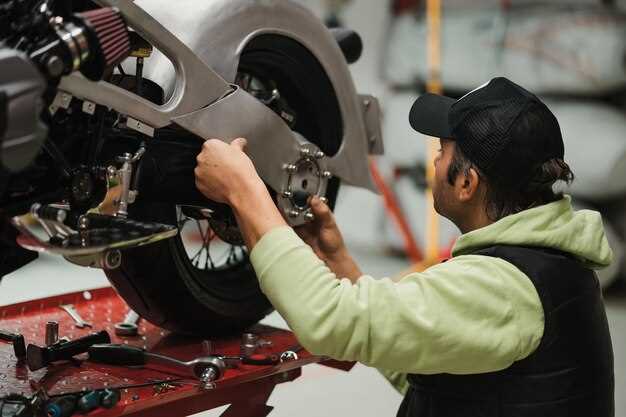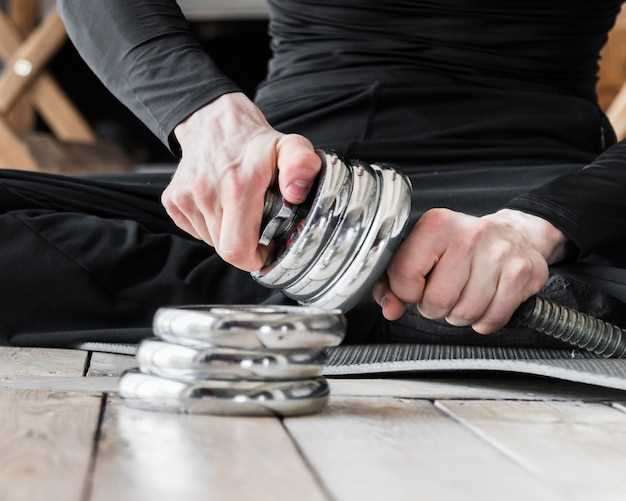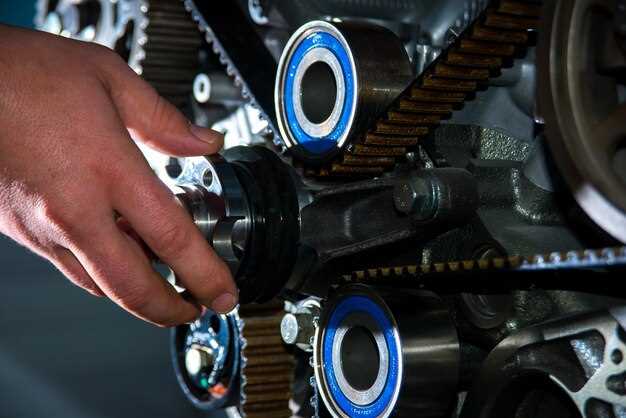
In the world of motorcycle racing, achieving optimal performance is essential. One significant upgrade that can greatly enhance a rider’s experience is the installation of racing rearsets. These specially designed footpegs and controls offer a multitude of advantages that can transform not only the bike’s handling but also the rider’s overall comfort and control.
Racing rearsets are engineered to provide a more aggressive riding position, allowing riders to lean further into corners and maintain better traction. The adjustable nature of these components enables customization according to individual riding styles and preferences, which is particularly beneficial during competitive racing scenarios. Switching to rearsets not only improves ergonomics but also contributes to a more responsive connection with the motorcycle.
In addition to performance gains, the installation of racing rearsets can lead to weight reduction and increased ground clearance, essential for high-speed cornering. The lighter and more compact design helps to lower the bike’s center of gravity, allowing for sharper handling during races. If you’re considering this upgrade, understanding the advantages and knowing how to properly install rearsets will ensure you achieve the best possible results on the track.
Performance Benefits of Upgrading to Racing Rearsets

Upgrading to racing rearsets offers several key performance benefits that can significantly enhance your riding experience. One of the primary advantages is improved control over your motorcycle. Racing rearsets are typically adjustable, allowing you to fine-tune your foot position for optimal comfort and responsiveness. This customization can lead to better handling and more precise inputs when navigating corners or accelerating.
Another significant benefit is the reduction in weight. Racing rearsets are generally made from lightweight materials such as aluminum or titanium, which not only decreases the overall weight of the bike but also lowers the center of gravity. This contributes to improved agility and faster lap times, as the bike becomes easier to maneuver at high speeds.
Furthermore, racing rearsets often provide a more aggressive riding position. This stance helps in transferring weight during cornering, which enhances stability and traction. A lower footpeg position allows riders to shift their weight forward, resulting in better grip and cornering capabilities, crucial for both competitive racing and spirited riding on twisty roads.
Durability is another aspect where racing rearsets excel. Built to withstand the rigors of track use, these components are often more robust than stock rearsets. This longevity ensures that riders can enjoy consistent performance without the worry of frequent replacements, making them a worthwhile investment for track enthusiasts.
Finally, racing rearsets can improve brake and shift lever response. They typically offer more direct connection and feedback, which translates into quicker and more confident shifts under acceleration and braking. This responsiveness not only makes rides more enjoyable but also contributes to overall safety and performance on the track.
Step-by-Step Installation Process for Racing Rearsets

Installing racing rearsets enhances your bike’s control and responsiveness. Follow this detailed guide to ensure a successful installation.
Step 1: Gather Required Tools
You will need a set of hand tools, including an Allen wrench set, a socket wrench, and a torque wrench. Having a clean workspace will also help streamline the process.
Step 2: Remove Stock Footpegs
Begin by securely elevating your motorcycle using a stand. Locate the bolts securing the stock footpegs and carefully remove them. Keep these bolts, as they may be needed for future adjustments.
Step 3: Prepare for Rearset Installation
Take the new rearsets out of the packaging and examine all components. Identify the left and right side pieces, along with their respective mounting brackets. Check the manufacturer’s instructions for any specific assembly details.
Step 4: Install the Rearsets
Position the rearset on the corresponding side and align it with the mounting holes on the motorcycle frame. Insert the designated bolts and hand-tighten them to secure the rearset in place. Ensure that the footpeg is oriented correctly to maintain optimal control and riding ergonomics.
Step 5: Attach Shift and Brake Levers
Next, attach the shift lever and brake lever to their respective rearsets. These components usually have specific positions, so refer to the installation guide for proper alignment. Tighten any fasteners to the manufacturer’s recommended torque specifications to ensure safety and functionality.
Step 6: Adjust Footpeg Height and Angle
After securing the rearsets, adjust the footpeg height and angle to suit your riding style. This step is crucial for maximizing control during races. Experiment with different settings to find the most comfortable and effective position.
Step 7: Final Checks and Testing
Perform a thorough inspection of all installed parts to ensure everything is tightened and secure. Test the operation of the shift and brake levers to confirm they function smoothly. Finally, take the bike for a short ride to check the feel and control of the new rearsets.
Step 8: Make Necessary Adjustments
After your initial ride, evaluate your comfort and control. Make any necessary adjustments to the rearset positioning if needed. This fine-tuning will help tailor the riding experience to your specific preferences.
By following these steps, you will effectively install racing rearsets, enhancing your motorcycle’s performance and ensuring better control on the track.
Choosing the Right Rearsets for Optimal Control
Selecting the appropriate rearsets is crucial for enhancing your motorcycle’s control during racing. Rearsets are designed to provide precise foot placement, which directly influences handling and stability. The right set can significantly improve your ride’s responsiveness, enabling faster cornering and more effective braking.
When choosing rearsets, consider adjustability. Adjustable rearsets allow you to customize foot position according to your riding style, body type, and track conditions. This adaptability ensures that you maintain optimal control over your bike, allowing for quicker and more confident inputs.
Material quality also plays a vital role. Look for rearsets made from lightweight but durable materials like aluminum or titanium. These options not only reduce overall bike weight but also enhance control by minimizing flex during aggressive maneuvers.
Pay attention to the design of the foot pegs as well. Textured or serrated foot pegs improve grip, ensuring that your feet remain securely in place under various conditions. This feature is essential for maintaining control, especially when leaning into corners or during sudden acceleration.
Lastly, ensure compatibility with your existing bike setup. Proper fitment is essential for achieving the desired control. Verify that the chosen rearsets align with your motorcycle’s specifications to avoid any interference with other components.
By carefully considering adjustability, material quality, foot peg design, and compatibility, you can choose rearsets that enhance your motorcycle’s control and overall performance on the track.
